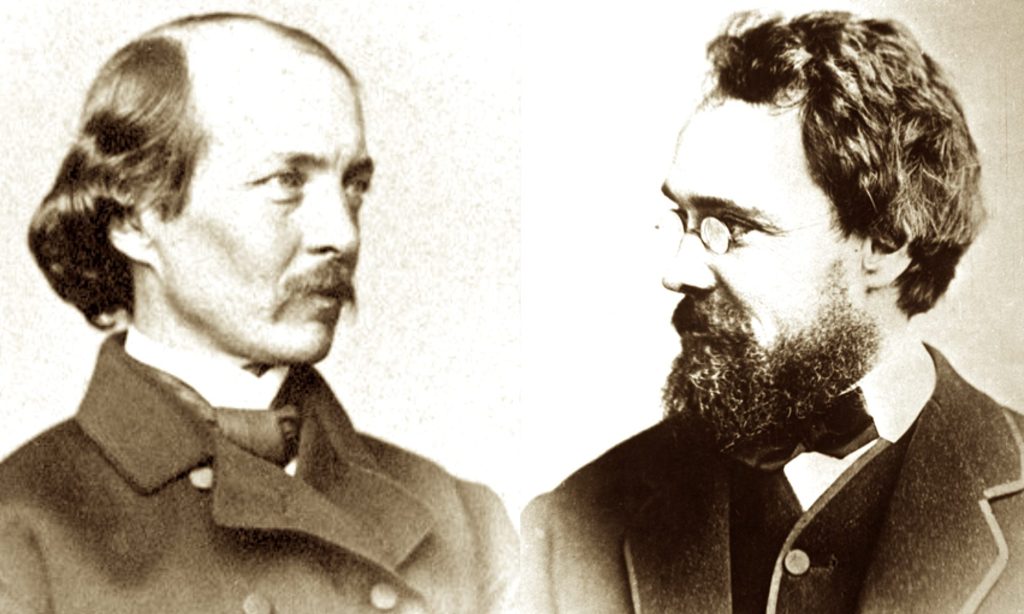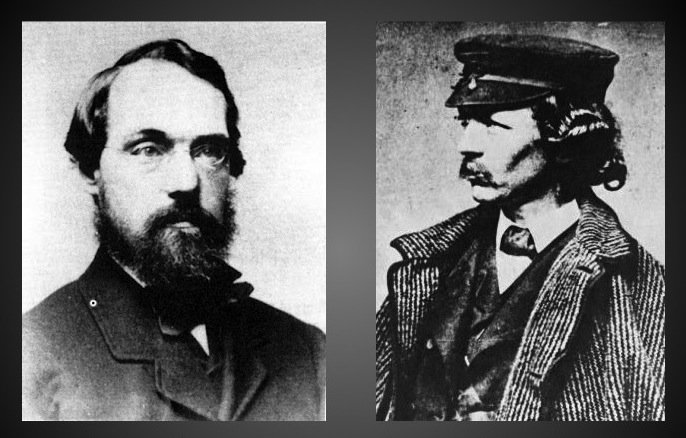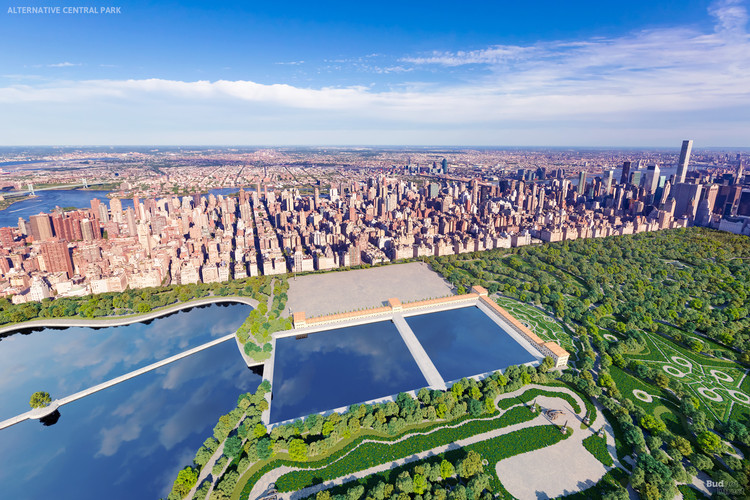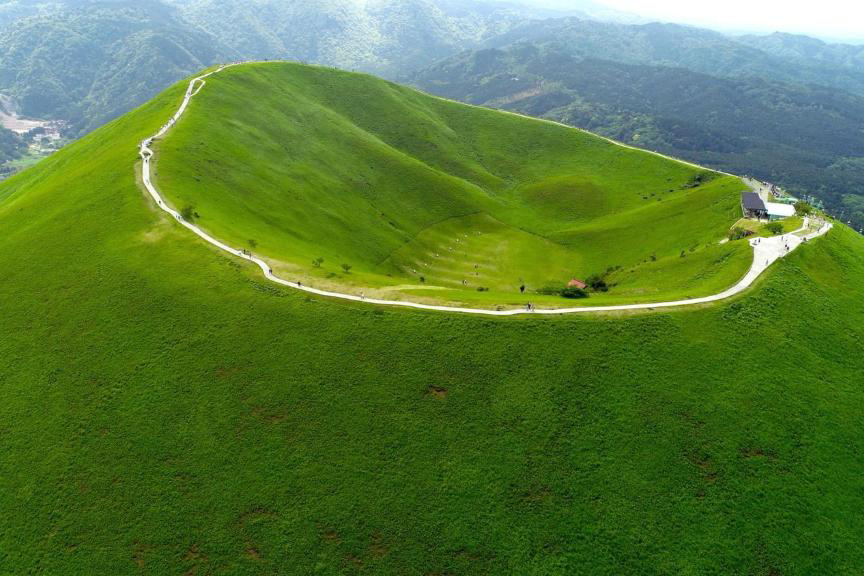Exploring the History of Central Park: How Frederick Law Olmsted and Calvert Vaux Designed New York’s Iconic Park
The iconic Central Park in New York City is a beloved destination for locals and tourists alike. It is a place of respite and recreation, a place to take a break from the hustle and bustle of the city. But how did this beloved park come to be? The answer lies in the vision of two men: Frederick Law Olmsted and Calvert Vaux.
In 1857, the two men were commissioned to design a large public park in the center of Manhattan. Olmsted and Vaux had a shared vision for the park, one that would be a place of beauty and respite for the people of New York City. They wanted to create a park that was both aesthetically pleasing and functional, with winding paths, lush vegetation, and a variety of recreational activities.
To achieve their vision, Olmsted and Vaux drew inspiration from the English landscape style of gardening. This style emphasized the use of natural elements, such as trees, shrubs, and flowers, to create a harmonious and pleasing environment. Olmsted and Vaux also incorporated elements of the picturesque style of gardening, which focused on creating a sense of drama and grandeur.
The two men worked together to create a plan for the park that included a variety of features, such as a lake, a meadow, and a large open space. They also designed a network of paths and walkways that would allow visitors to explore the park. In addition, they included a variety of recreational activities, such as boating, ice skating, and horseback riding.
The park was officially opened in 1876 and has since become an iconic symbol of New York City. Olmsted and Vaux’s vision for Central Park has endured for over a century, and it continues to be a beloved destination for locals and tourists alike. Their design has served as an inspiration for other parks around the world, and it stands as a testament to their creativity and vision.
The Impact of Central Park on New York City: How Olmsted and Vaux’s Design Changed the City
Central Park, designed by Frederick Law Olmsted and Calvert Vaux, is one of the most iconic and beloved landmarks in New York City. Since its opening in 1858, the park has had a profound impact on the city, transforming it from a densely populated urban center to a vibrant and livable metropolis.
The park was designed to provide a respite from the hustle and bustle of the city, and it has done just that. Olmsted and Vaux’s design was revolutionary for its time, incorporating natural elements such as meadows, lakes, and woodlands into the cityscape. This allowed for a much-needed escape from the noise and pollution of the city, providing a peaceful and tranquil environment for visitors.
The park also had a significant impact on the city’s economy. By providing a place for people to relax and enjoy the outdoors, it attracted more visitors to the city, boosting tourism and creating jobs. Additionally, the park’s design helped to improve air quality in the city, reducing the amount of pollution and improving public health.
Central Park has also had a major impact on the city’s culture. It has become a popular destination for locals and tourists alike, hosting a variety of events and activities throughout the year. From concerts and festivals to outdoor movies and art installations, the park has become a hub of activity and a symbol of the city’s vibrant culture.
In short, Central Park has had a profound impact on New York City. Olmsted and Vaux’s design has transformed the city from a densely populated urban center to a vibrant and livable metropolis. The park has provided a much-needed escape from the noise and pollution of the city, boosted the economy, and become a hub of culture and activity. It is no wonder that Central Park is one of the most beloved landmarks in New York City.
The Legacy of Olmsted and Vaux: Examining the Lasting Influence of the Designers of Central Park
The landscape architects Frederick Law Olmsted and Calvert Vaux are widely recognized for their design of Central Park in New York City, a project that has had a lasting influence on urban parks and public spaces around the world. Olmsted and Vaux’s vision for Central Park was to create a naturalistic landscape that would provide a respite from the hustle and bustle of the city. The park was designed to be a place of beauty and tranquility, with winding paths, meadows, and lakes, as well as a variety of recreational activities.
The design of Central Park was revolutionary for its time, and it has had a lasting impact on the way parks are designed and used. Olmsted and Vaux’s vision of a park as a place of respite and recreation has been adopted by cities around the world, and their design principles are still used today. The park’s winding paths, meadows, and lakes have become a model for urban parks, and the idea of providing recreational activities in a park setting has been widely adopted.
The legacy of Olmsted and Vaux extends beyond Central Park. Their design principles have been applied to other parks and public spaces, including the National Mall in Washington, D.C., and the Emerald Necklace in Boston. Olmsted and Vaux’s influence can also be seen in the design of college campuses, corporate campuses, and residential neighborhoods.
The legacy of Olmsted and Vaux is one of beauty, tranquility, and recreation. Their vision for Central Park has had a lasting influence on the way parks and public spaces are designed and used, and their design principles are still relevant today. Their work has provided a model for urban parks around the world, and their influence can be seen in a variety of settings. Olmsted and Vaux’s legacy is one of lasting beauty and tranquility, and their influence will continue to be felt for generations to come.






